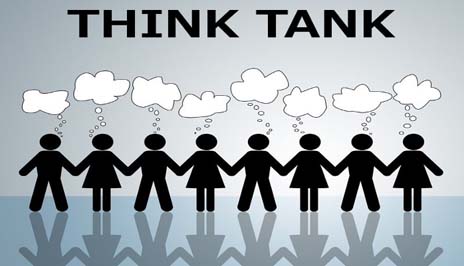 When do you and your team have time to think?
When do you and your team have time to think?
It’s 3:15am and Clark (the CFO) has just received a heads up call from a peer that the main software system that runs the business is down. Today is the third time within the last two months the system has been down. The problem has been raised to the senior staff due to loss of revenue. Customers, business leaders, and supply chain partners are clamoring for answers to the problem. The senior staff has doubts about how the problem was resolved after the first two outages. Is the problem batch processing, hardware, or poorly written code? The team did not have any concrete answers.
Meanwhile, Clark feels like he’s been sitting in an observatory room, watching the core business lying on the gurney. He notices the patient (the business) has jagged open wounds and multiple contusions. However, his staff is still applying first aid and band aids as a solution when surgery is required.
The truth of the matter is that problem has not been diagnosed. Symptoms of the problem are being addressed via first aid and band aids, but the root problem remains unresolved. Clark must act before he is the next patient on the blood laden gurney.
Solving the problem starts by having a conversation.
Clark and his leaders failed to create a culture of thinkers. In others words, the tactical issues have choked out the time for strategic thinking. The fix could be a candid conversation with the leadership team, production control or the cloud vendor. If Clark’s direct reports are not taking the lead to organize the think tanks, he needs to step up and start the initial conversation.
What is a think tank?
A think tank simply put, is a group of motivated people who are interested in solving problems. The Think Tank is willing to research, revamp process, and build culture to advocate change. This team is made up of change champions not chump nay sayers. They speak about the unspeakable and run towards discomfort zones.
The think tank is a major part of any problem solving initiative or Problem Management Process. Think tanks are very effective during the time of research, investigation and diagnosing the problem.
Below are 10 considerations that will help you organize your think tank:
- Observe current behavior – are conversations happening?
- Question the current problem management process
- Include technical and business leaders
- Include vendors, integrators, and customers if they add value in solving the problem
- Stick to the problem at hand
- Watch for people who want to work in silos
- Keep the agenda tight
- Document the outcomes
- Briefly restate the ground rules at the beginning of each meeting
- Recruit a strong leader to facilitate the process
If you have smart people give them some time to think.
A long habit of not thinking a thing wrong gives it a superficial appearance of being right.
– Thomas Paine

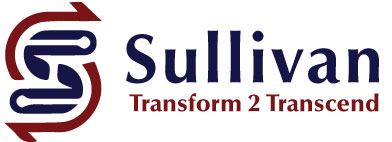
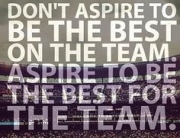
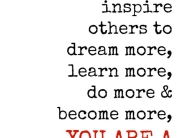
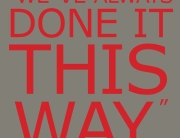
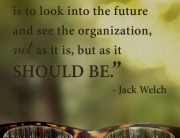

Leave A Comment